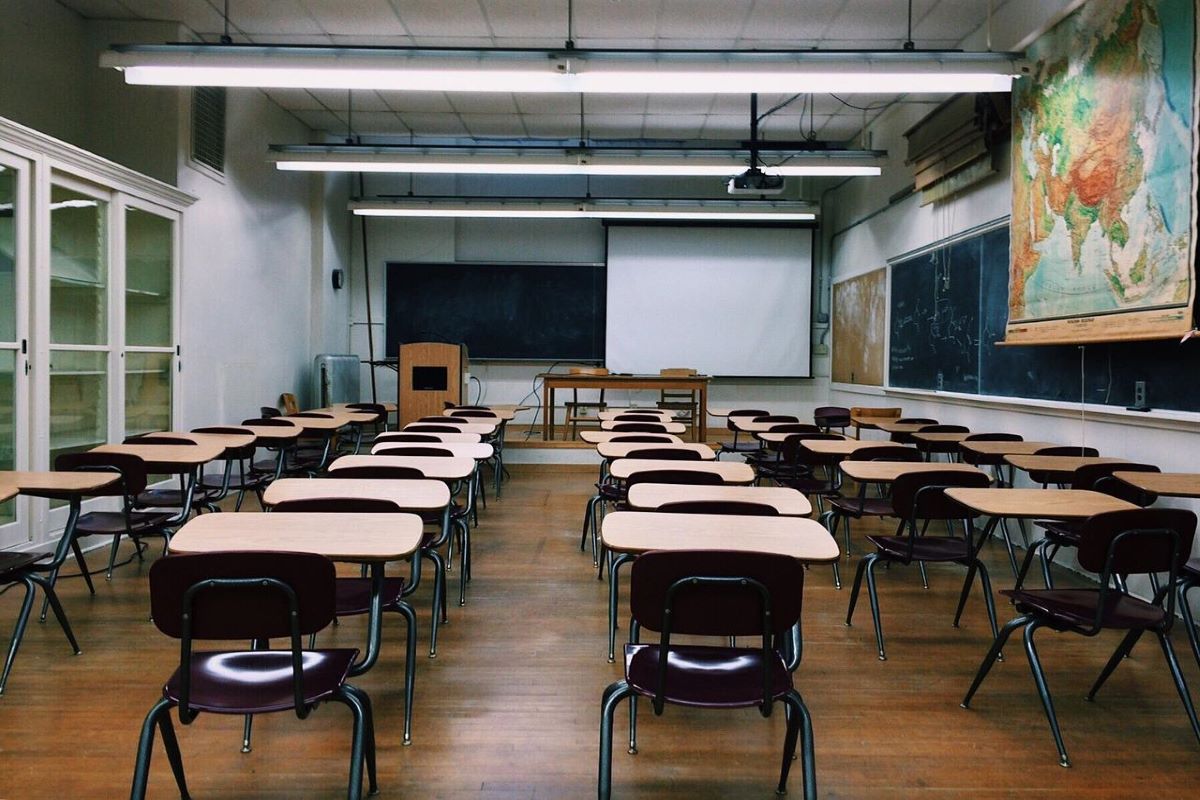Education is considered important all around the world. The difference is in the education systems chosen for the generations of the future.
Where in the world you are educated will affect things like dress requirements, religious instruction, duration of school days, and your age when you begin at school.
In some countries worrying about things like your GPA score, simply aren’t a thing.
Here are the top 10 most interesting facts about education systems around the world!
Chinese education emphasizes memorization and learning by drill
Chinese education focuses on fact memorization and rote-learning, not on critical thinking and analysis. The Chinese are known for producing great scientists, engineers, and mathematicians, and one main reason is that these subjects lend themselves so well to the Chinese education system.
Japanese schools teach moral education
Japanese education is not compulsory, but 98% of children attend and it is hailed as one of the best systems in the world.
Japanese education prioritizes the production of good citizens, and students are expected to take classes that focus on morality. This is a core subject in Japanese curriculums, usually given as much importance as Science or Mathematics. These classes tend to teach students about the qualities a good citizen should have. Like compassion, persistence, and diligence. endurance and hard work.
Religious dress is banned in French schools
In France, there is a belief that religion and public life should be kept completely separate and as a result, religion is not taught in schools and religious dress is banned. This has understandably caused great controversy, but the principle is a cornerstone of French society.
Less than 3% of Irish schools are non- or multi-denominational
Ireland and France are both predominantly Catholic, but in Ireland, they take a very different approach. Ireland has 2884 Catholic schools and all teach religious studies from that perspective. Schools are even entitled to choose not to hire a teacher or accept students because they are not Catholic.
Bangladeshi schools are sometimes on boats
Every year a fifth of the country of Bangladesh floods. 70% of the total land is less than a meter above sea level and Bangladesh has very wet monsoon seasons. These factors and the fact that 32%of the population is under 15 years of age makes education particularly challenging. So, the country decided, for the good of their kids’ education, they would start schools on boats. The schools are usually solar powered and allow students to attend school even in the worst weather.
The majority of South Africans pay for their children’s education
South Africa is one of the rare countries that does not provide state funded education at primary and secondary level. In South Africa the state subsidizes kids’ education but parents who can afford it are expected to contribute financially. However, around 43% of students are exempt from paying on the grounds that their parents do not earn enough.
Saudi Students get to choose their high school
Once students in Saudi Arabia have completed primary school they can decide what type of high school they want to attend. They can either choose general high school or vocational school. Want to dip your toes into Saudi Arabian culture by learning the language? You will be surprised how easy it is to find an Arabic tutor in your area.
The South Korean school day is very long
South Korean students can expect to be at school for 14-16 hours per day! The official school day usually starts at 8am and finishes at 4pm, but that’s just formal education. Once the kids have gone home and some dinner they go straight out for extra classes and revision in core subjects. Before they go to bed kids will usually also have a couple of hours of homework to complete as well.
Norway’s high school graduation involves a three-week party
In the USA we have the Prom, and in the UK, the leavers ball, but if you graduate high school in Norway you get to enjoy 3 weeks on an old bus, van or in an old car as part of the Norwegian Russfeiring. High school students all club together to buy the vehicle and then decorate it. They then spend 3 weeks partying and attending various organized events around the country before the graduation!
Finland Focuses on Social Skills
Most children in Finland don’t even pick up a pen at school until they turn 7. The Finnish education system prioritizes the development of social skills through shorter days at school and no homework until you’re a teen. Learning is deemed more important than passing tests so no student is expected to take a test until the end of secondary school for entrance into University.
The Best Education System?
It’s all about what you’re used to. Many consider the Finnish education system to be one of the best in the world, but South Korean parents would not approve of the lack of intensive academic studies. Germany’s lack of uniforms would feel particularly odd to a country like the UK, where all schools enforce the uniform rule.
 Being Human
Being Human




